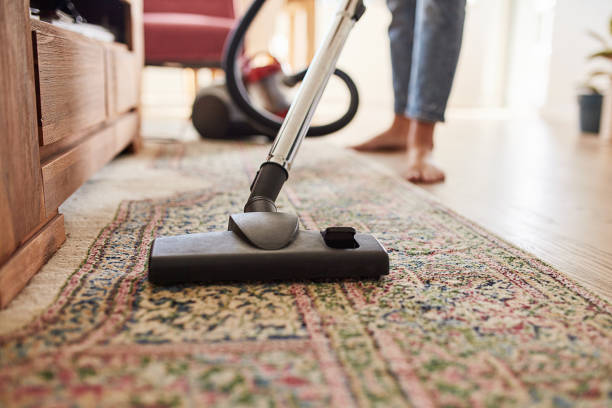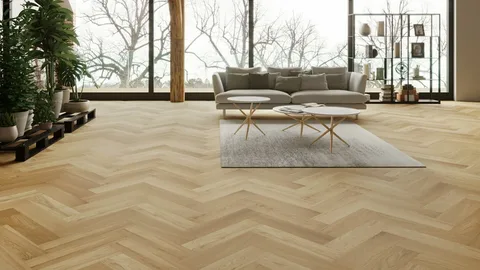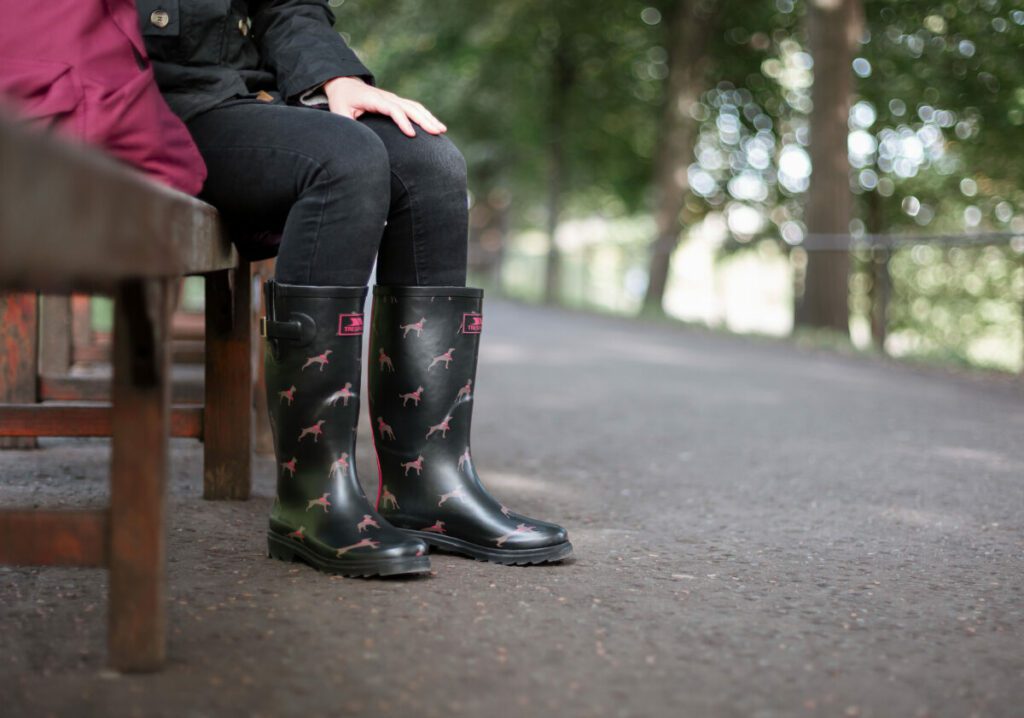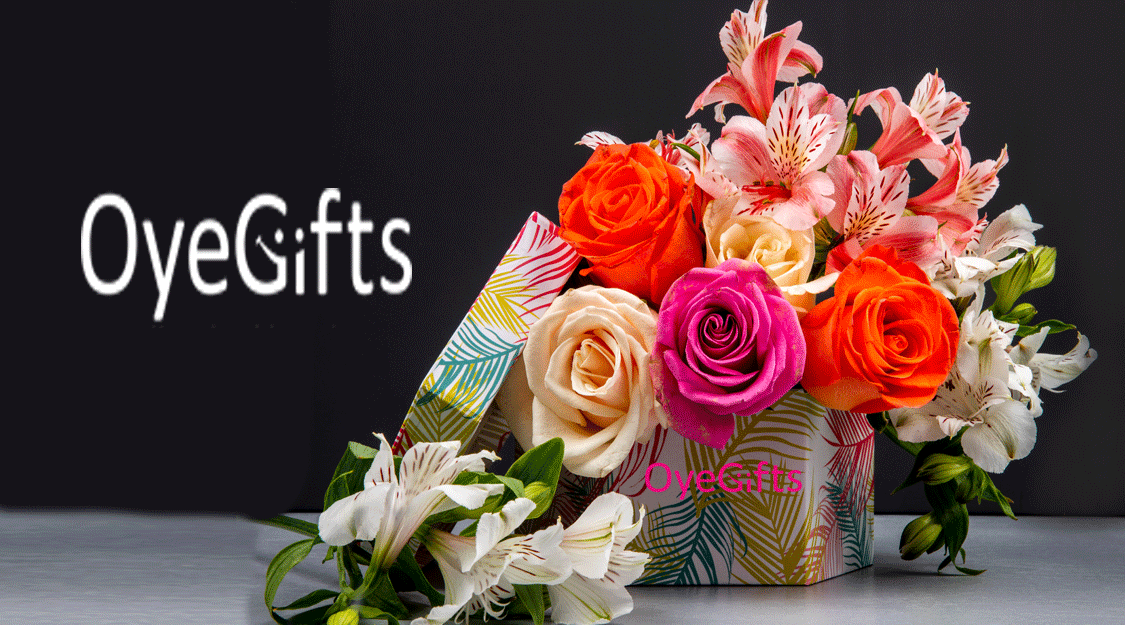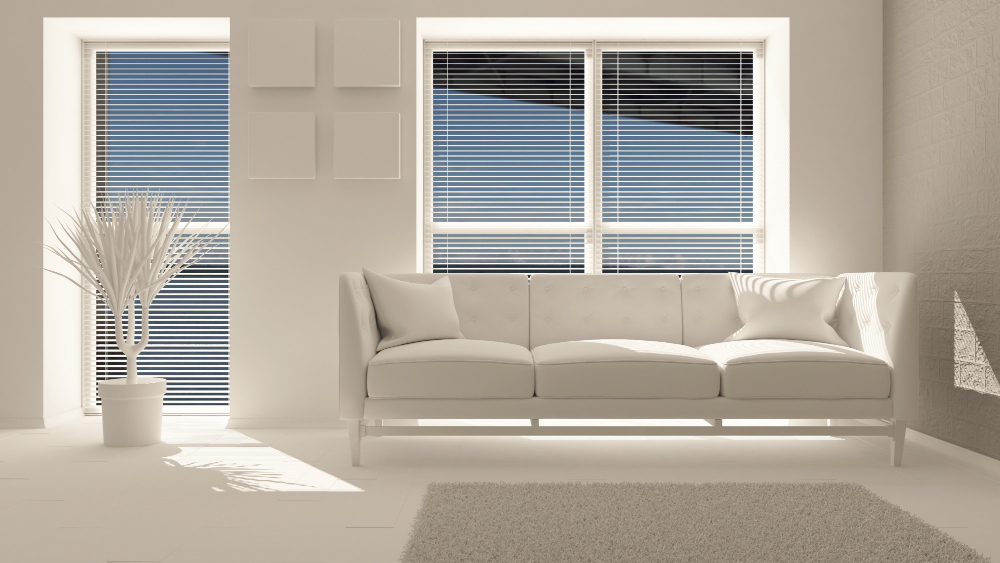
Roman blinds are a classic window treatment that combines the soft look of curtains with the functionality of blinds. Bespoke roman blinds offer the opportunity to create a truly unique and personalized window covering that perfectly suits your space. This article will guide you through the process of customizing your own Bespoke Roman Blinds, from choosing fabrics to adding special features.
Understanding Roman Blinds
Roman blinds are a type of window covering that folds up into neat horizontal pleats when raised. When lowered, they create a smooth, flat surface that offers excellent light control and privacy. Bespoke roman blinds are custom-made to fit your specific window dimensions and design preferences, allowing for a perfect fit and personalized style.
These blinds are versatile and can complement various interior design styles, from traditional to contemporary. They’re particularly suitable for spaces where you want to showcase beautiful fabrics or add a touch of elegance to your windows.
Measuring Your Windows
The first step in creating bespoke roman blinds is to accurately measure your windows. Precise measurements are crucial for ensuring a perfect fit. Here’s how to measure:
-
Width: Measure the width of your window in three places – top, middle, and bottom. Use the smallest measurement to ensure the blind fits within the window frame.
-
Drop: Measure from the top of where you want to mount the blind to where you want it to fall. For an inside mount, measure to the windowsill. For an outside mount, measure to where you want the blind to end.
-
Depth: If mounting inside the window frame, measure the depth to ensure there’s enough space for the blind’s mechanisms.
Always double-check your measurements and consider seeking professional help if you’re unsure.
Selecting the Perfect Fabric
Choosing the right fabric is perhaps the most exciting part of customizing bespoke roman blinds. The fabric you select will significantly impact the overall look and functionality of your blinds. Consider the following factors:
-
Room function: Choose heavier fabrics for bedrooms where you want more light blockage, and lighter fabrics for living areas where you might prefer a softer light.
-
Color scheme: Select a fabric that complements or contrasts with your existing decor, depending on the effect you want to achieve.
-
Pattern: Decide whether you want a solid color, a subtle texture, or a bold pattern. Remember that patterns will be most visible when the blind is fully lowered.
-
Light filtration: Consider how much light you want to let in. Sheer fabrics will allow more light, while blackout fabrics will block most light.
-
Durability: For high-traffic areas or rooms with specific requirements (like moisture resistance for bathrooms), choose fabrics that can withstand these conditions.
Choosing the Right Lining
The lining of your roman blind is almost as important as the face fabric. It affects the blind’s functionality and can enhance its appearance. Here are some lining options:
-
Standard lining: Provides a neat finish and some light filtering properties.
-
Blackout lining: Ideal for bedrooms or media rooms where you want to block out most light.
-
Thermal lining: Helps insulate your windows, keeping rooms cooler in summer and warmer in winter.
-
Interlining: Adds an extra layer between the face fabric and lining, creating a luxurious, plump appearance and improving insulation.
Consider combining linings for maximum effect, such as using both interlining and blackout lining for a luxurious look and excellent light control.
Deciding on Operational Mechanisms
Bespoke roman blinds offer various operational mechanisms to suit your preferences and needs:
-
Chain operation: A classic choice, allowing smooth and easy adjustment of the blind’s height.
-
Cord operation: Similar to chain operation but uses a cord instead.
-
Spring operation: Allows for cordless adjustment, making it a safer option for homes with children or pets.
-
Motorized operation: Offers the ultimate in convenience, allowing you to control your blinds with a remote or even integrate them into a smart home system.
Consider factors like ease of use, safety, and your budget when choosing the operational mechanism for your bespoke roman blinds.
Selecting the Fold Style
The fold style of your roman blind affects both its appearance when raised and how it operates. Common fold styles include:
-
Flat fold: Creates a smooth, sleek look when lowered and folds into neat horizontal pleats when raised.
-
Soft fold: Similar to the flat fold but with a slightly softer, more relaxed appearance.
-
Cascade fold: Features overlapping folds that create a waterfall effect when the blind is lowered.
-
Hobbled fold: Maintains distinct folds even when the blind is lowered, creating a more traditional, textured look.
Your choice of fold style can dramatically impact the overall aesthetic of your bespoke roman blinds, so consider how each style would complement your room’s decor.
Adding Decorative Elements
To make your bespoke roman blinds truly unique, consider adding decorative elements:
-
Trims: Add braids, tassels, or pom-poms along the bottom edge of the blind for a playful or luxurious touch.
-
Borders: Incorporate contrasting fabric borders along the sides or bottom of the blind for added visual interest.
-
Embroidery: Consider custom embroidery on the face fabric for a personalized touch.
-
Shaped bottom: Instead of a straight bottom edge, opt for a scalloped or shaped edge for added visual appeal.
-
Decorative poles: If mounting your blind outside the window frame, consider using a decorative pole or pelmet board to conceal the mounting hardware.
These decorative elements allow you to express your personal style and create truly bespoke window treatments.
Considering Special Features
Depending on your specific needs, you might want to incorporate special features into your bespoke roman blinds:
-
Room darkening side channels: These can be added to minimize light leakage around the edges of the blind, perfect for bedrooms or media rooms.
-
Top-down/bottom-up operation: This allows you to lower the blind from the top or raise it from the bottom, offering flexibility in light control and privacy.
-
Dual blinds: Combine a sheer and a blackout blind on the same window for maximum versatility.
-
UV protection: Choose fabrics with built-in UV protection to prevent sun damage to your furnishings.
-
Antimicrobial treatments: For bathrooms or kitchens, consider fabrics treated to resist mold and mildew.
These special features can enhance the functionality of your bespoke roman blinds, making them not just beautiful but also highly practical.
Maintenance and Care
To ensure your bespoke roman blinds remain beautiful and functional for years to come, proper maintenance is essential:
-
Regular dusting: Use a feather duster or vacuum with a soft brush attachment to remove dust weekly.
-
Spot cleaning: Address spills or stains immediately using a clean, damp cloth. Avoid rubbing, which can spread the stain.
-
Professional cleaning: Depending on the fabric, you may need to have your blinds professionally cleaned every 1-2 years.
-
Mechanism maintenance: Regularly check and lightly oil any moving parts to ensure smooth operation.
-
Rotation: If possible, rotate blinds in rooms with heavy sun exposure to prevent uneven fading.
By following these care instructions, you can extend the life of your bespoke roman blinds and keep them looking their best.
Customizing bespoke roman blinds allows you to create window treatments that are perfectly tailored to your space, style, and needs. From selecting the perfect fabric to adding unique decorative elements, every choice you make contributes to creating truly one-of-a-kind window coverings. With proper care, your bespoke roman blinds will be a beautiful and functional addition to your home for years to come.

